How to Use Red Light Therapy for Testosterone?
Red Light Therapy (RLT) is a beneficial stimulative treatment to cure different health issues. After the emergence of RLT, we have seen many changes in the health sector. Patients can now treat significant skin and hair issues with this treatment.
However, due to the advancements and progress in infrared light therapy, experts indicate how RLT can influence testosterone levels.
Therefore, people with low testosterone levels can use RLT to fix their erection problems. All in all, infrared red light has the potential to cure different issues that arise from disturbed testosterone levels among patients. This debunking discussion will highlight to what extent RLT influences testosterone levels.
Overview of Red Light Therapy
RLT involves harmless wavelengths of specific light. We use red and near-infrared light for this treatment. It works on the photobiomodulation phenomenon. The wavelengths penetrate the skin to reach the cellular bodies like mitochondria for stimulation. At this point, different changes take place. Below, we share their breakdown:
Stimulating Leydig Cells:
As discussed earlier, the main focus of RLT is cellular stimulation. This stimulation enhances the speed of the body’s natural healing and wound repair. Other organic metabolic processes also take place as a result of this stimulation.Improving Blood Flow:
With sufficient blood flow, we can treat many health issues, including hair loss and wrinkled skin. LED light therapyincreases blood circulation across the body, which results in better body functions.Reducing Oxidative Stress:
In the case of oxidative stress, RLT is a reliable option. It saves the body from undergoing other issues caused by oxidative stress.The Connection Between Red Light Therapy and Testosterone
Before we discuss how RLT influences testosterone, it is essential to learn how they relate to each other. Therefore, the best is to study this relationship to understand this working completely deeply:
Existing Research:
Medical research indicates that infrared red lightcan provide better results if performed on the reproductive parts and testicular area. It mainly targets Leydig cells and stimulates them to increase testosterone in the body.Biological Basis:
One thing that backs this up is mitochondrial stimulation through RLT. When mitochondria are triggered, they produce energy. This energy is consumed by Leydig cells, which produce testosterone. Therefore, we must stimulate mitochondria through RLT to maintain and increase testosterone.Role of Leydig Cells:
RLT benefits Leydig cells in two ways. First, the direct stimulation of these cells is crucial for more testosterone. Second, RLT creates a favorable and habitable environment for these cells to produce more testosterone. It means RLT can easily enhance testosterone if used for a suitable duration and frequency.Practical Guide to Using Red Light Therapy for Testosterone Enhancement
When getting RLT for the first time, you must know some crucial tips. Remember that RLT has some temporary and mild side effects. Therefore, considering the tips below will not only prevent these side effects. But you will also be well-versed with their fixes!
Tips for Selecting the Right red light therapy device:
-
Wavelength:
- All the RLT devices you use must emit red and near-infrared wavelengths such as 850 nm red light therapyor 660 nm red light therapy. You can inquire about the appropriate wavelengths from your doctor. Ensure that your professional LED light therapy machine safely emit these wavelengths so that you can make the most of them during your sessions.
-
Power:
- Sufficient power is essential for the RLT devices. It helps them throw the wavelengths deeply into the skin. If their power is not adequate, they will not work correctly. Therefore, checking their power before proceeding with the treatment is better.
-
Type of Device:
- Red light therapy deviceshave different functional ranges. You must select the devices that best suit your requirements. Depending on their panels, you can easily decide which device will work better.
Guidelines for Safely Applying RLT Targeting the Testes:
-
Positioning:
- The light must be facing towards the compromised area. This position is better when you want to get the desired results faster. The light can also be adjusted based on its height. Keeping the light away from the target area will ensure fewer risks of side effects.
-
Distance:
- The LED light therapydevices must be kept away from the target area. This is beneficial for sensitive patients who can undergo RLT without any discomfort.
-
Exposure Time:
- Experts recommend 10-minute sessions for RLT patients. However, the exposure depends on the patient’s condition. Some patients require a longer duration. Therefore, experts adjust the exposure per their needs.
Recommended Duration and Frequency of RLT Sessions:
-
Initial Phase:
- Keep it to 5 sessions every week. The sessions can last for 4-5 weeks. However, discussing your condition with your infrared red lightexpert is better if it requires more attention.
-
Maintenance Phase:
- This includes 2-3 sessions per week to discuss your expectations and experience regarding the treatment. Your doctor will also give you additional tips that you can follow post-RLT.
Safety Precautions and Contraindications:
- 1. RLT devices have specific manufacturer guidelines. If you don’t heed these instructions, these devices can be hazardous. Sometimes, damage can result in urgent device replacement, which costs money. So, it is better to read the instructions carefully before using infrared light therapy.
- 2. RLT can affect the eyes and face, but only briefly. To prevent this, it is recommended that you cover your face and eyes with a mask or a soft cloth.
- 3. Photosensitive patients must discuss their condition with RLT experts before getting started. They will recommend tips for getting RLT with photosensitive eyes.
- 4. If you have pre-existing health conditions, then seek professional consultation in time. It will help you get the right advice for getting RLT without any trouble.
Monitoring Your Progress and Adjusting Accordingly
Importance of Consulting with a Healthcare Provider:
You can get red light therapy at home as well. But in most cases, people like to get it done clinically. Therefore, if you are at war about whether you should go for self-RLT or professional RLT, then below are some reasons that indicate why you should choose the second option:
Suggestions for Tracking Changes:
Baseline Measures: You can accurately get your baseline measures and testosterone levels through a clinic. You cannot do this at home, so you cannot take a personalized and appropriate approach.
Journaling: Whether you get RLT through a clinic or at home, journaling is essential. You must jot down your testosterone levels accordingly so that you can know how effective RLT has been for you.
Adjusting RLT Practices Based on Monitoring and Guidance:
Clinics help you adjust the process per your ease and preferences. You don’t have to struggle doing it alone. Experts guide you in the right direction and keep your requirements in mind. It helps get the appropriate RLT every time.
If extensive infrared light therapysessions are not producing satisfactory results, the best option is to call for a discussion. You must be open about your expectations and disappointments. Your expert will help you with future RLT sessions in time.
Considerations and Limitations
RLT is a dependable process, but it comes with some limitations. You must consider them and then decide about getting an RLT.
Scientific Evidence and Further Research:
Stick with valid and credible information regarding the RLT-testosterone relationship. Medical science is still researching this concept, so we don’t have much evidence that RLT positively influences testosterone. If it does, then how long does it last? Many similar questions need answers. Therefore, following the evidence in this case is crucial.
You must be well-versed with professional LED light therapy machineparameters like duration, frequency, and wavelengths. It helps you understand the process better. However, there are not many studies that highlight these parameters for using LED red light to enhance testosterone.
Potential Placebo Effects and Testosterone Variability:
Sometimes, the placebo effect also matters when you are considering RLT. Patients must be aware of how the placebo effect can influence their expectations to increase testosterone levels with the help of RLT.
Red infraredmight not be as effective as expected by different people. The reason is that testosterone decreases with time. Due to this fact, it is better to discuss the impact of RLT with your doctor after every session so that you can understand its effect on the results.
General Safety and Long-Term Considerations:
LED red lightis a harmless process. However, there is no satisfactory evidence of its influence on the testicular area. We still don’t know how much it impacts this area during sessions. However, consistent monitoring and professional guidance will help prevent problems.
Cancer patients must be careful when getting infrared light therapy. Proper discussion with their RLT expert regarding their condition is mandatory.
Conclusion
LED red light is a reliable treatment for treating many health issues. However, there are traces of how it can influence and increase testosterone levels. If you want to get RLT to boost testosterone, then consult a professional. Also, keep track of the latest developments regarding the RLT-testosterone relationship. It will help you steer clear of complications.
The Bontanny Portable Series Red Light Therapy Device is a recommended product for those looking to boost their testosterone levels naturally and safely. This device emits red and near-infrared light, which has been shown to promote Leydig cell regeneration and increase testosterone production.
By stimulating mitochondrial activity within cells, red light therapy enhances the functioning of hormonal factories, leading to improved testosterone balance and numerous health benefits.

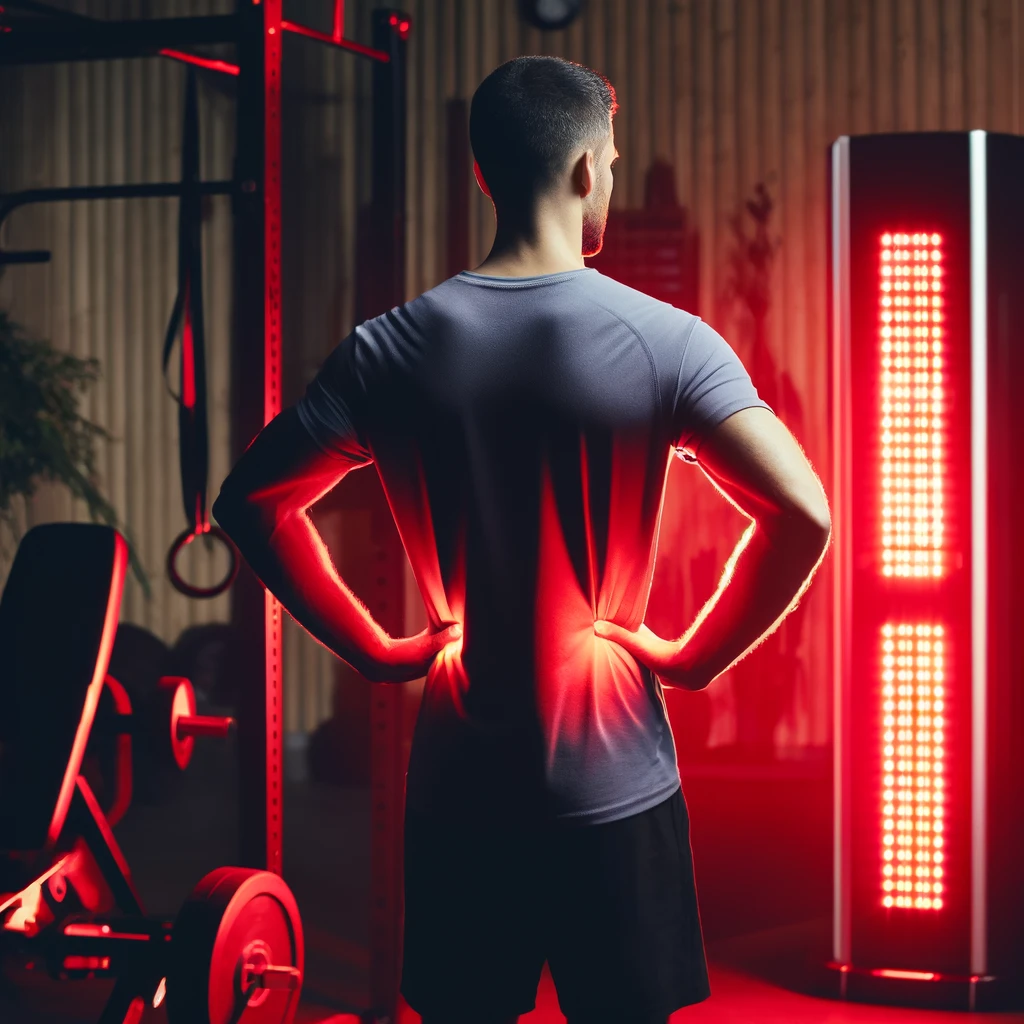
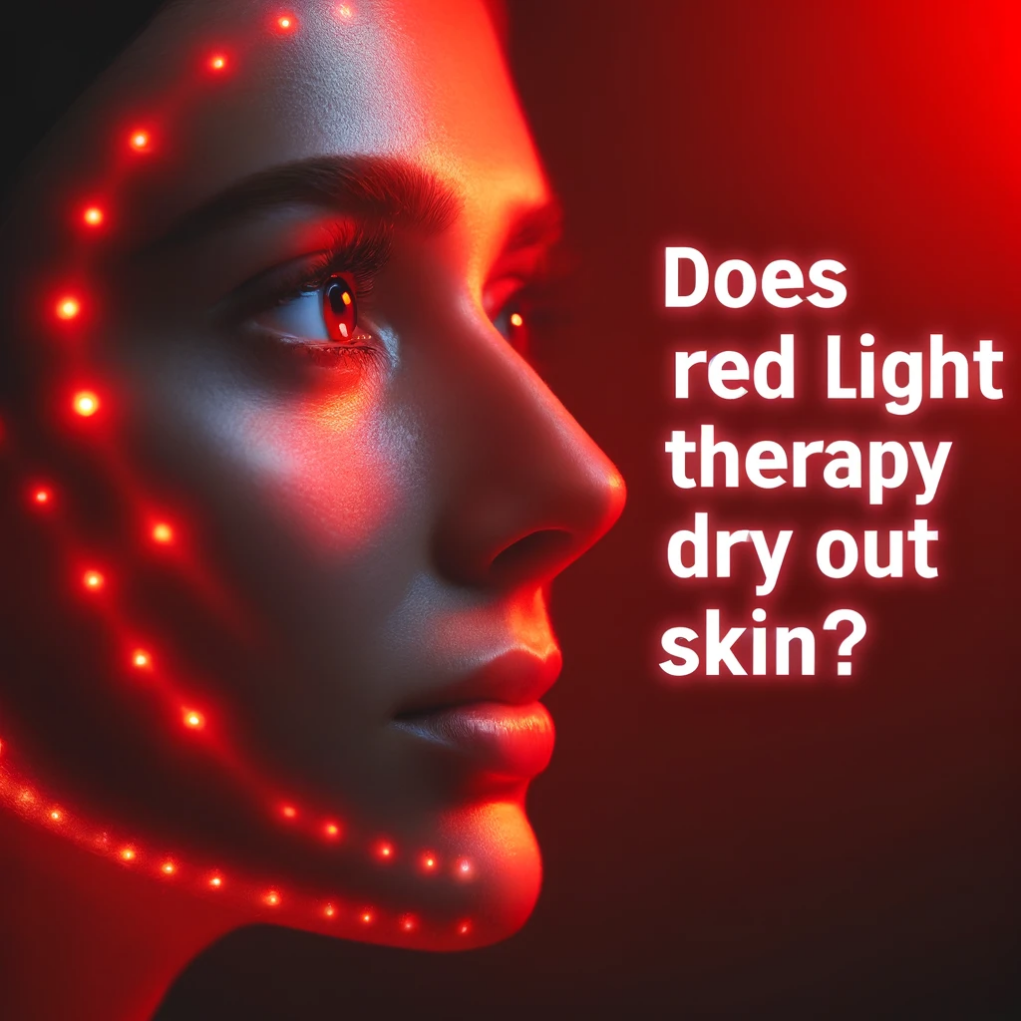
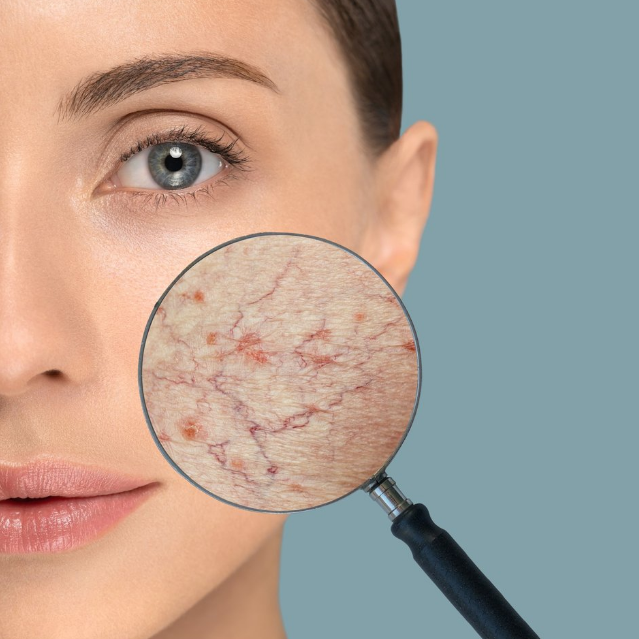
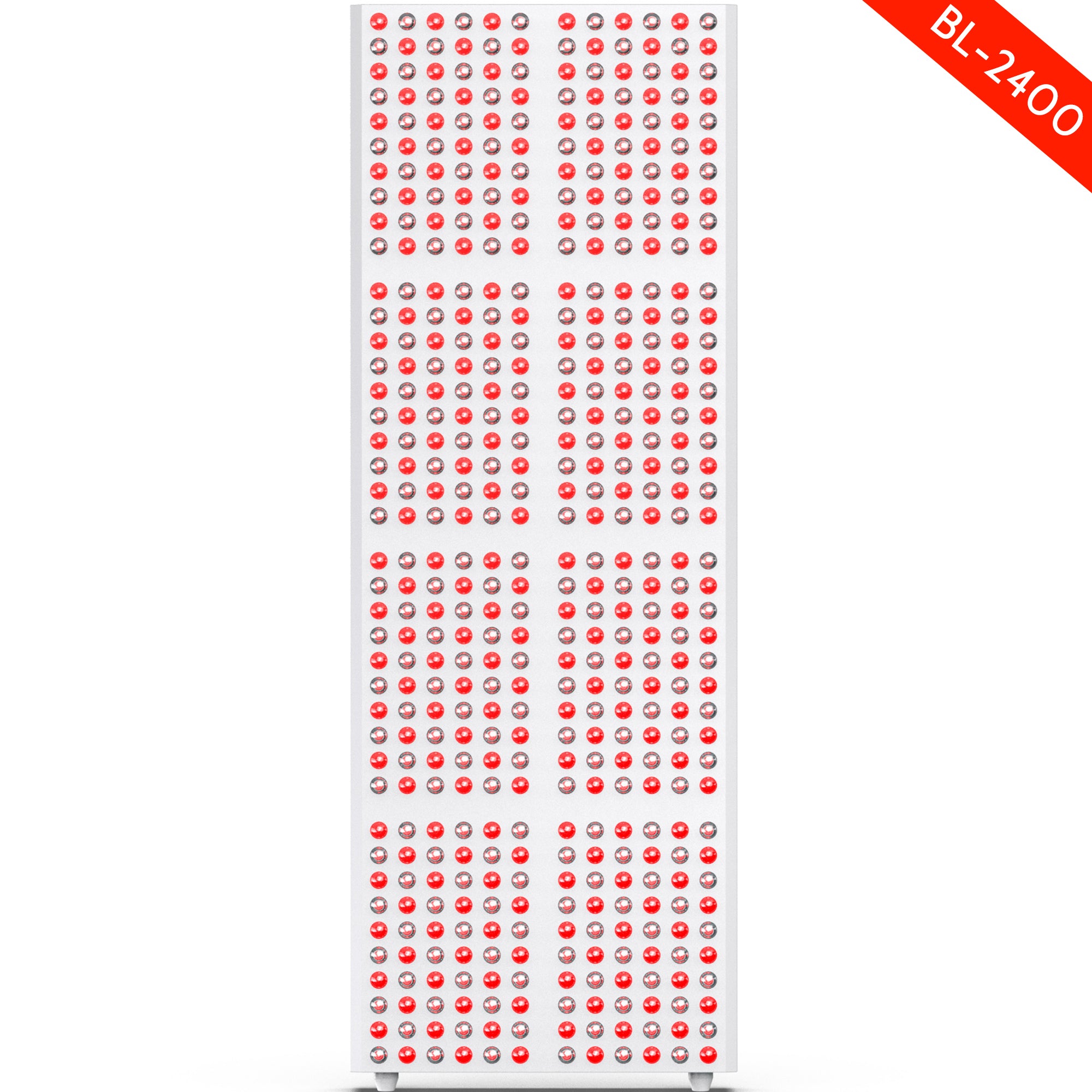
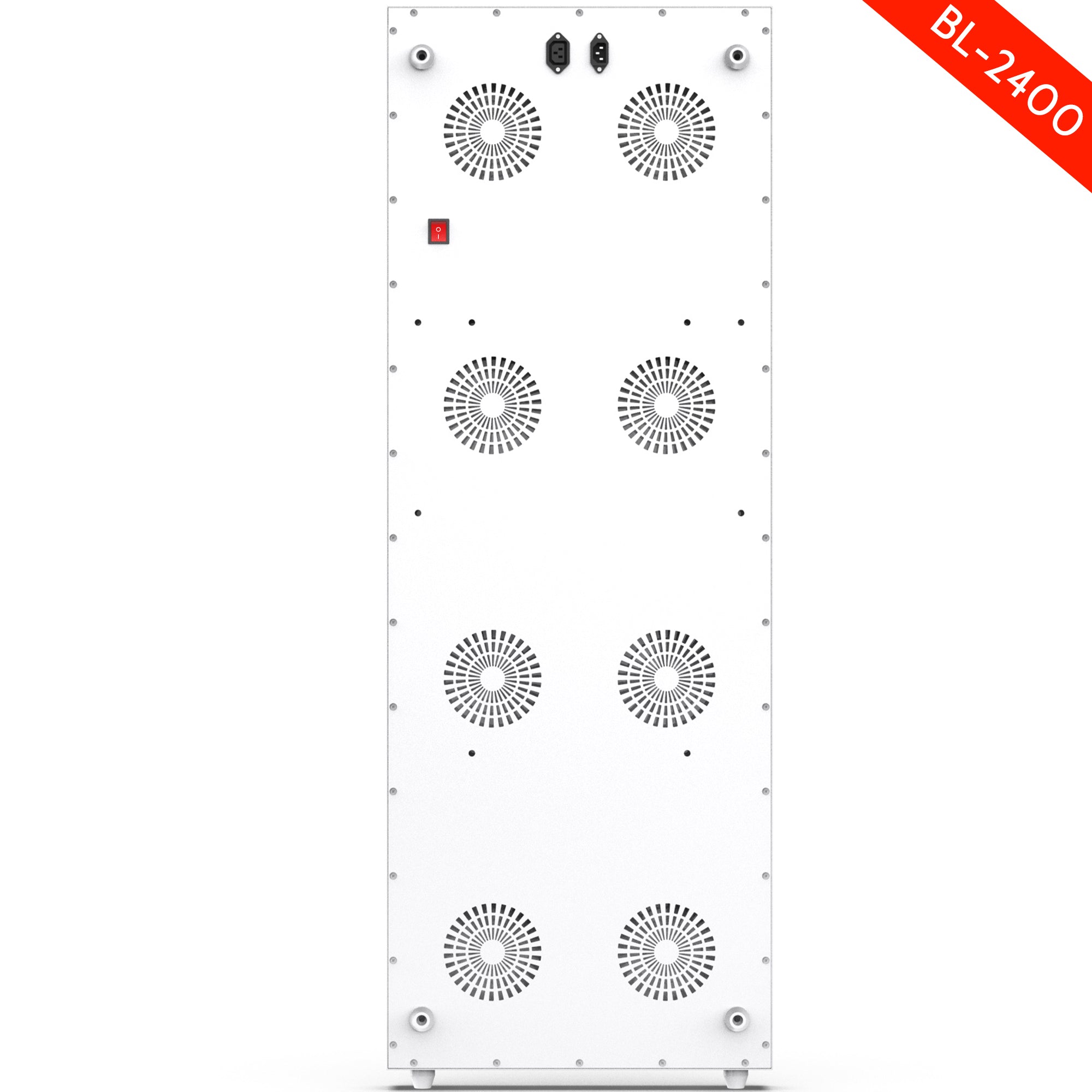
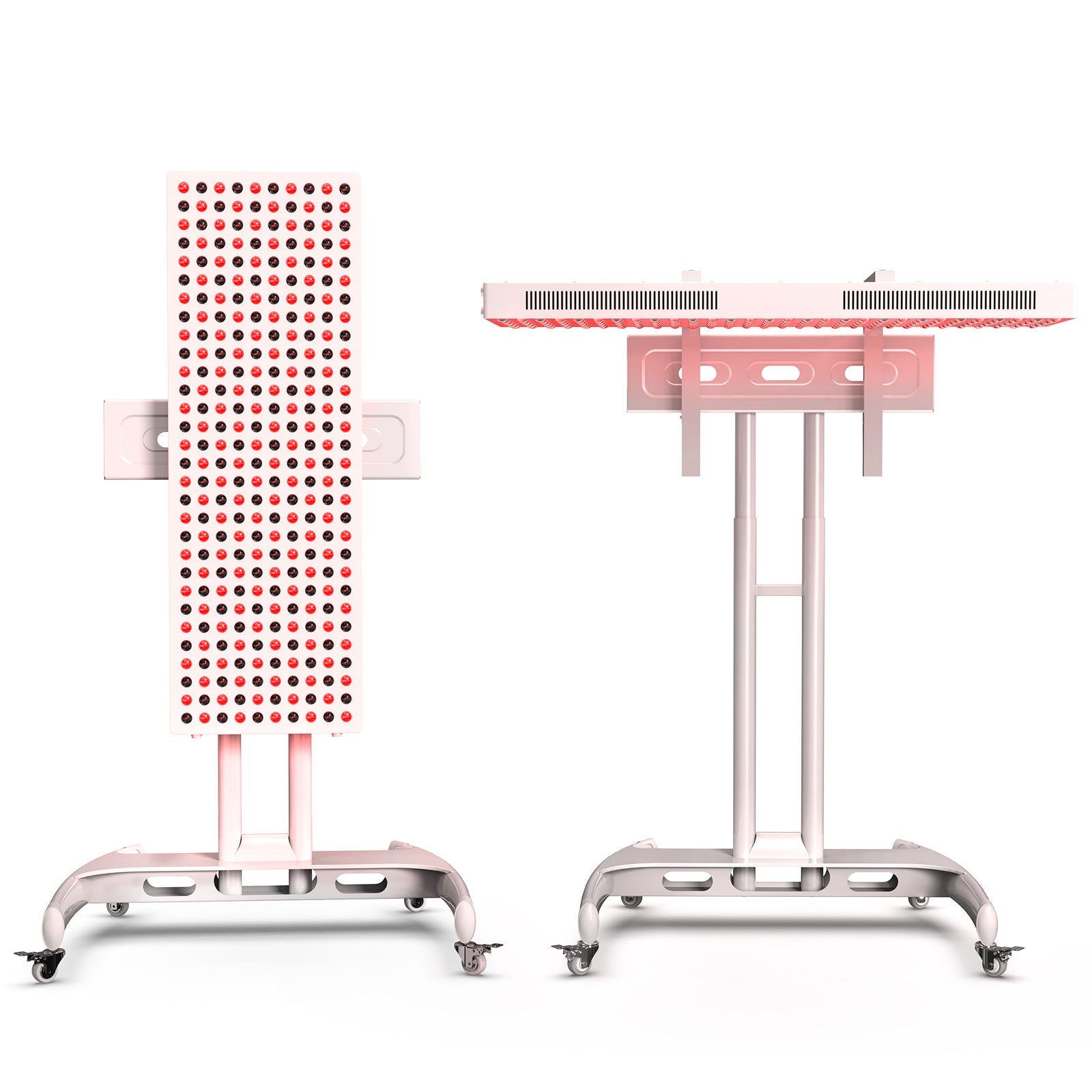
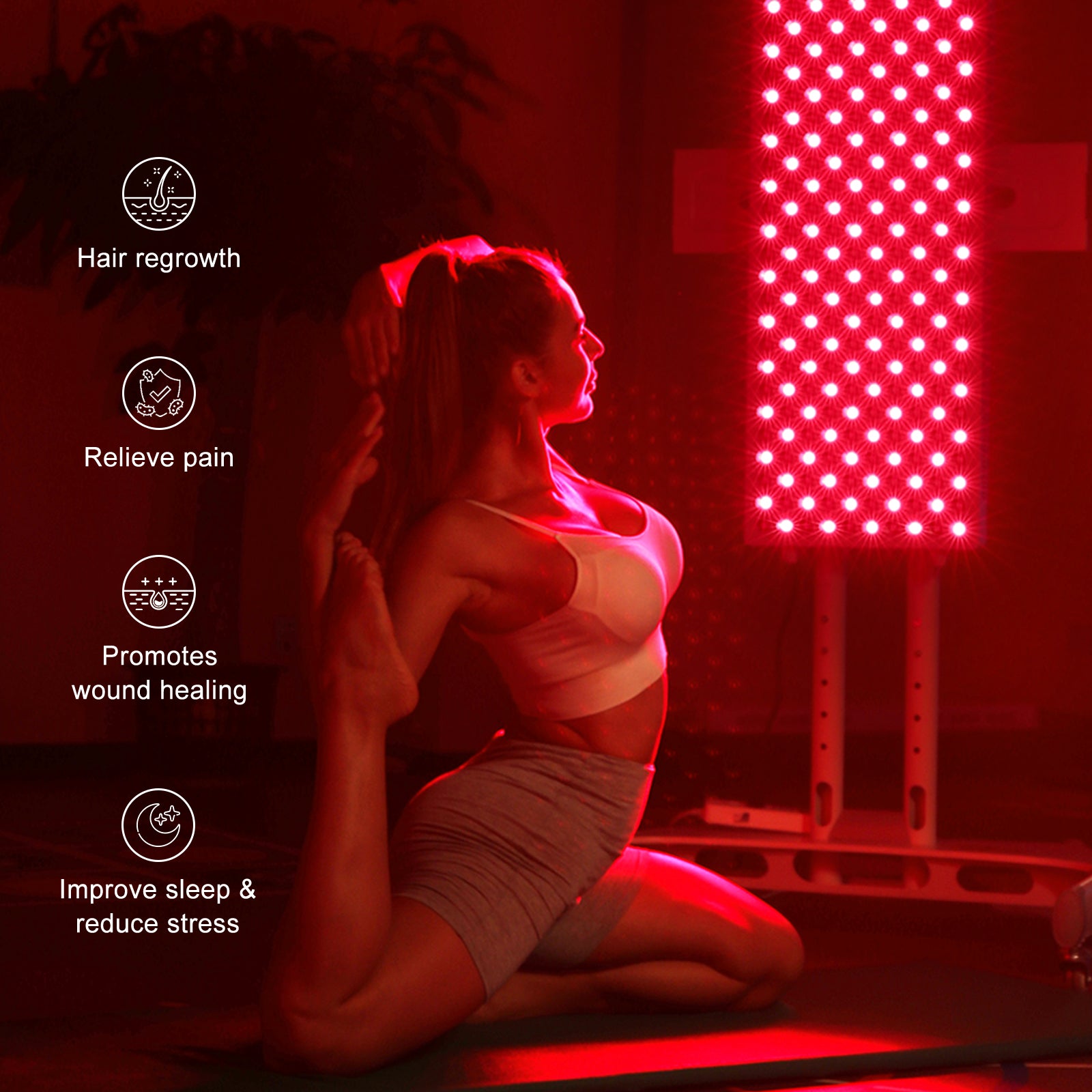
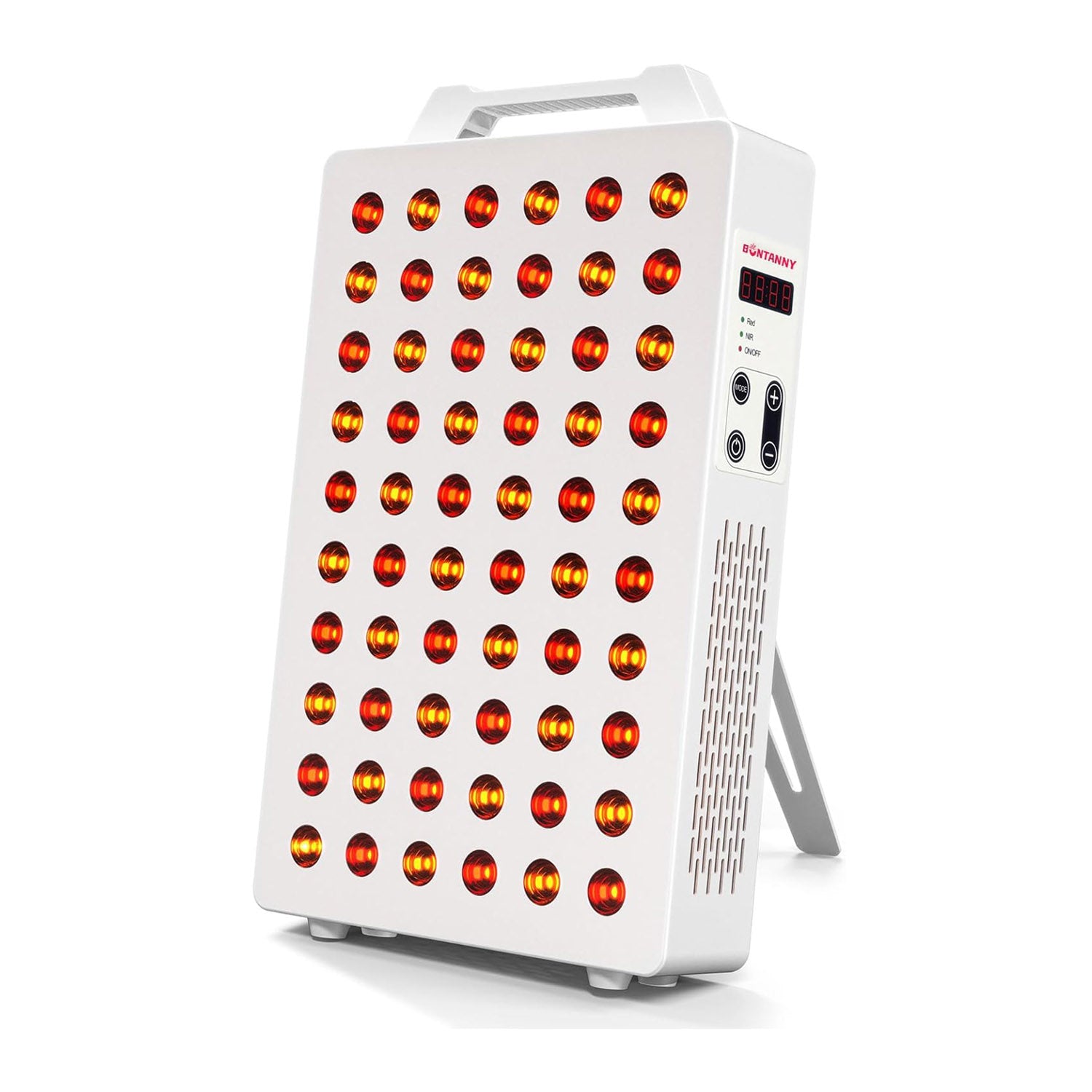
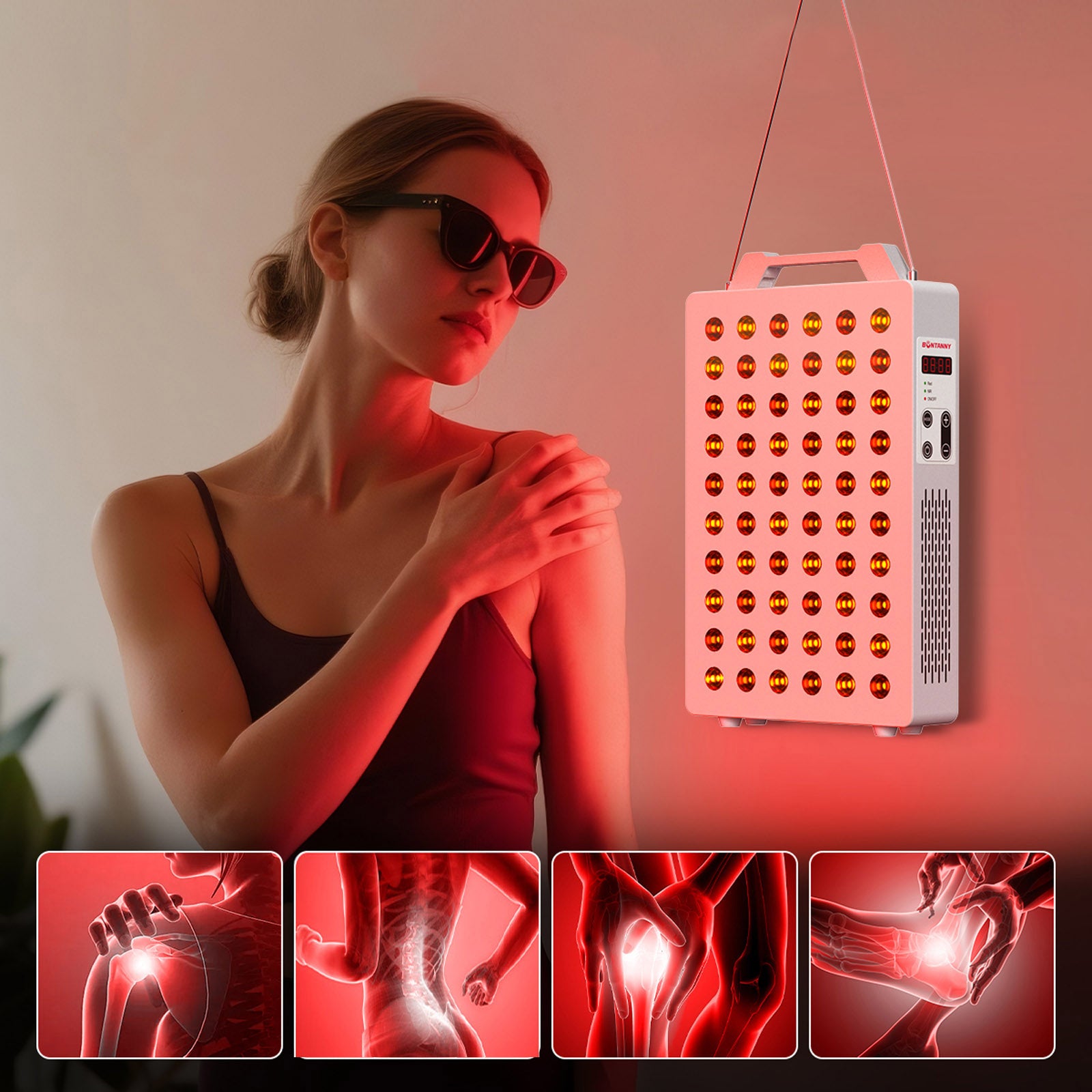
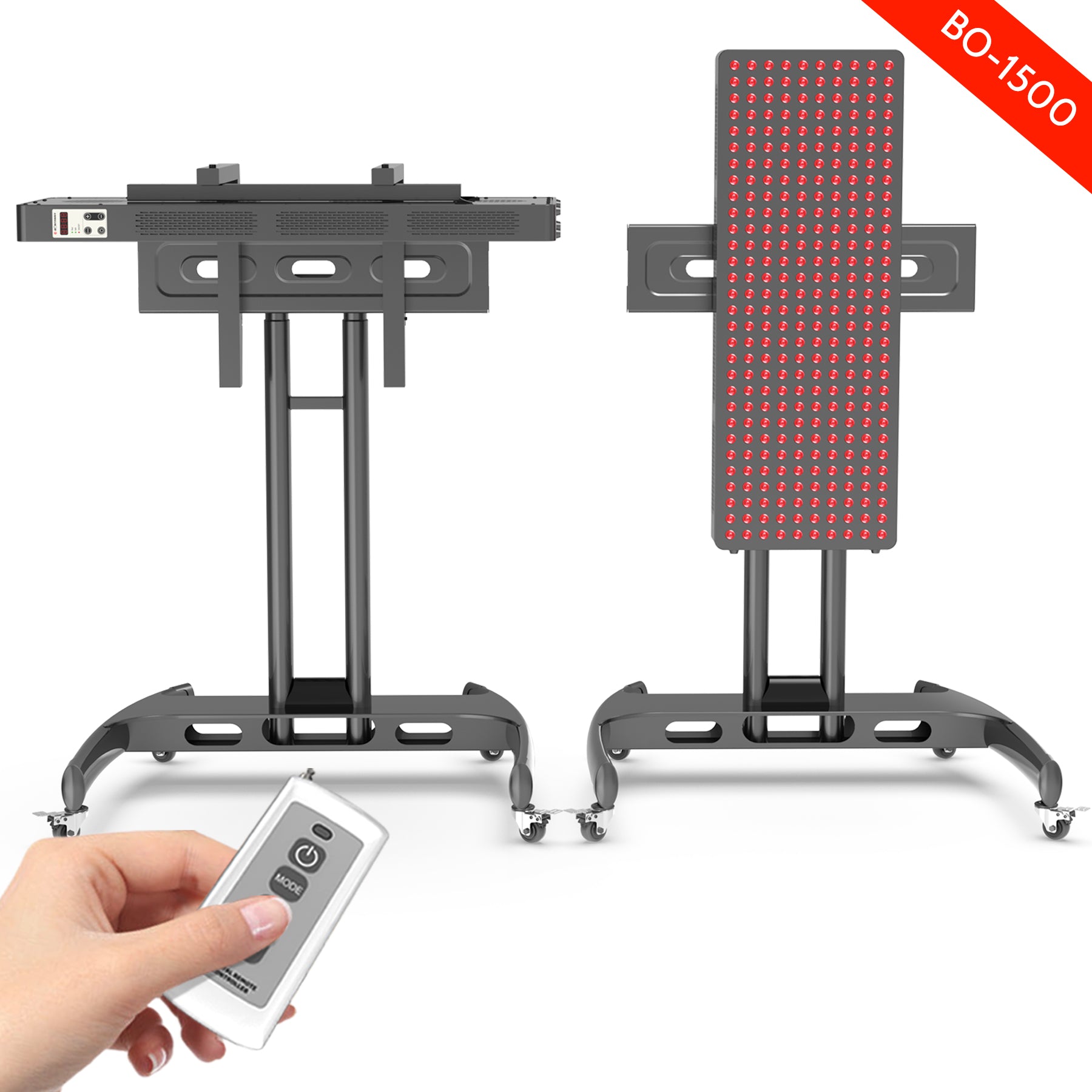
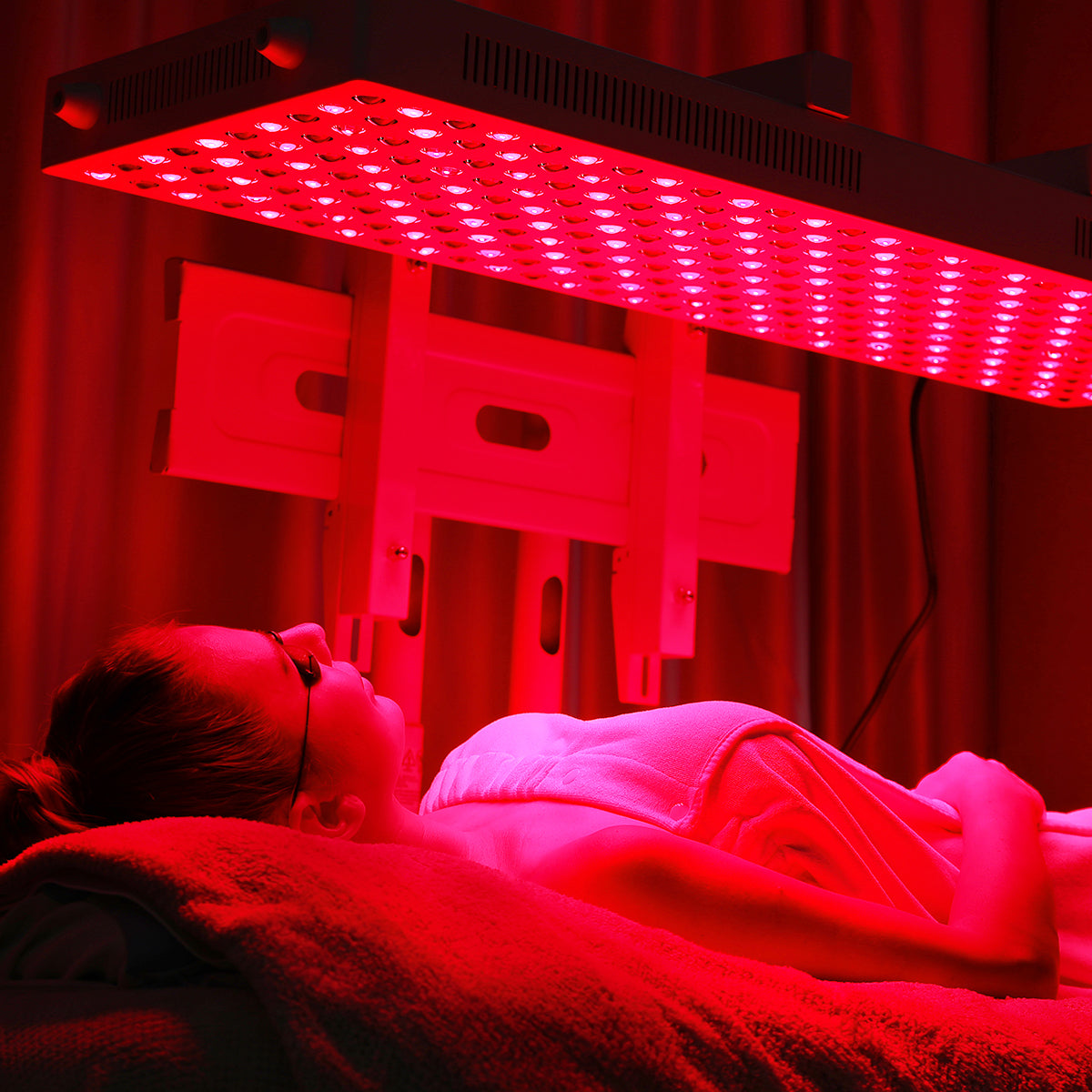
Leave a comment
This site is protected by hCaptcha and the hCaptcha Privacy Policy and Terms of Service apply.